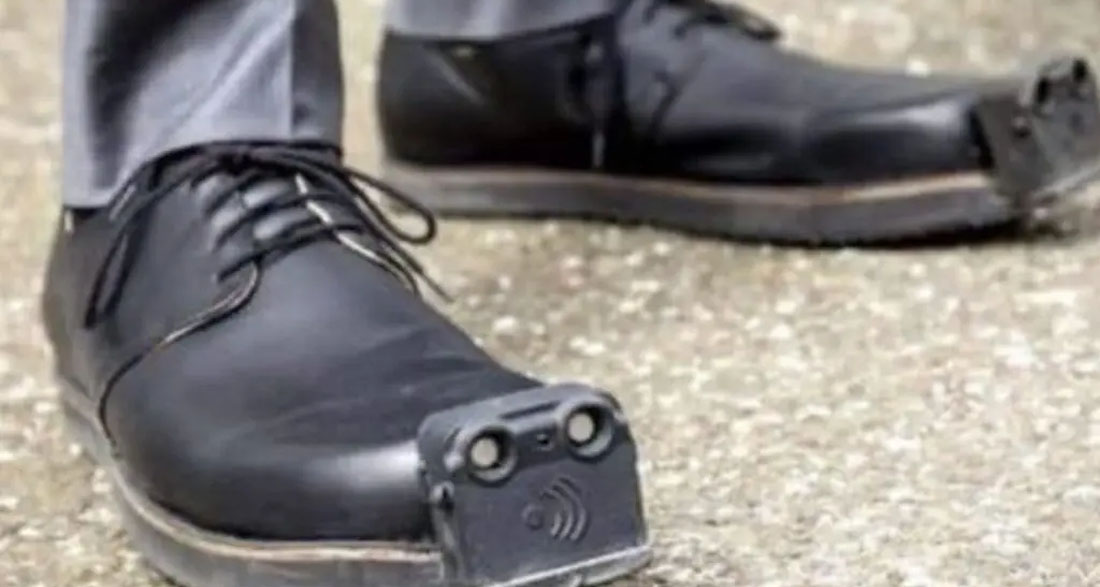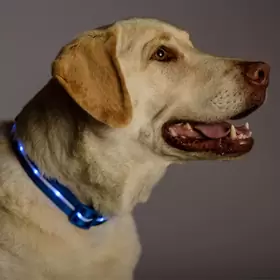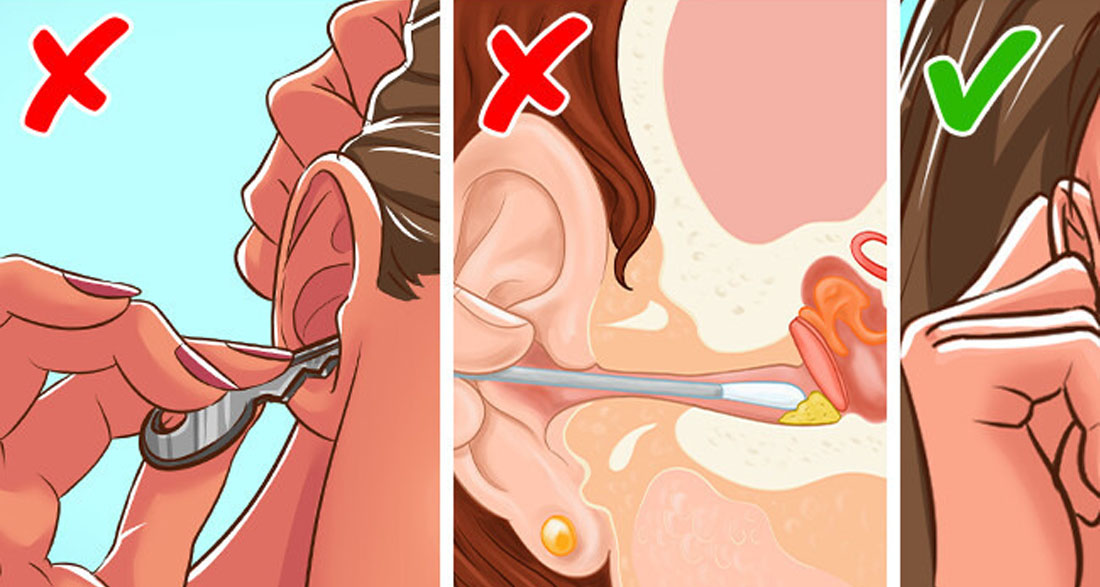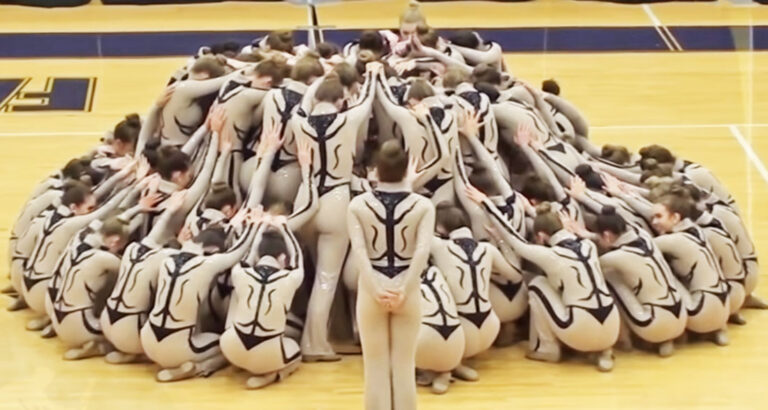We often get so caught up in our own lives—our problems, our routines—that we forget something important: other people are facing challenges too. Some are easy to see, while others are hidden deep inside.
Almost everyone you meet is going through some kind of struggle. It might not be obvious, but it’s there.
That’s why being kind to others, no matter what, is so important. Treating people with respect, regardless of what they’re going through, can make a huge difference.
For me, this is especially true when interacting with people whose lives are made more difficult by disabilities. It’s not that they need our pity or extra attention. In fact, many people with disabilities are an inspiration and deserve to be seen that way.
One of the best ways to show respect is by understanding the obstacles others face, particularly those with disabilities. Take people with visual impairments, for example.
Imagine losing your sight. It would change your life completely. Vision is how most of us understand the world around us, something we’ve relied on since birth. Now imagine not having that.
There are people living with severely impaired vision, and many who are completely blind. For them, even something as simple as getting around becomes much harder. But here’s where something amazing comes in: an Australian company called Tec-Innovation has created something to help.
They’ve developed special shoes called InnoMake. These aren’t just regular shoes. They’re packed with high-tech sensors designed to help people with vision impairments detect obstacles in their path.
How do these shoes work? Well, the sensors either vibrate or make sounds when they detect something in the way, much like the sensors in cars that beep when you’re about to hit something.
According to the company’s YouTube page, the sensors are placed in specific parts of the shoes and can last up to a week on a single three-hour charge. Pretty cool, right?
And there’s more! These shoes can even connect to a smartphone, allowing the user to adjust the settings. For example, they can change how far away obstacles are detected or how they want to receive the alerts—either through vibration or sound.
“Have you ever seen anyone wearing these shoes?” the story might make you wonder. “Did you know what they were for?” If you’ve seen them, now you know the incredible technology behind them.








































